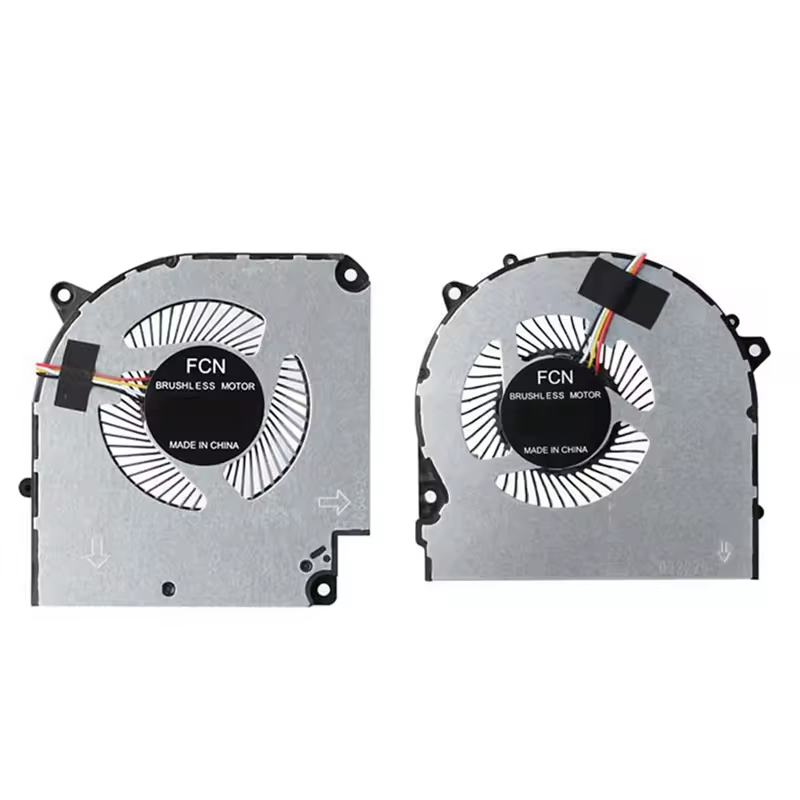Introduction:
We all know that technologies make life better. Your hard disk drive (HDD) is a critical component of your computer that stores all your data. Ensuring its health and reliability is crucial to prevent data loss and system failures. In this article, we will provide you with valuable tips and techniques for checking the health of your HDD, allowing you to take necessary actions to maintain its performance and protect your valuable data.
I. Monitoring SMART Attributes
One of the most effective ways to check the health of your HDD is by monitoring its Self-Monitoring, Analysis, and Reporting Technology (SMART) attributes. SMART provides detailed information about various aspects of your HDD’s performance and potential issues. This section will guide you on how to access SMART data and interpret the indicators.
1. SMART Monitoring Tools:
Utilize specialized software applications like CrystalDiskInfo, HDDScan, or manufacturer-specific utilities to access and monitor SMART attributes. These tools provide an overview of your HDD’s health and display warning signs if any parameters exceed specified thresholds.
2. Interpreting SMART Indicators:
Pay attention to critical SMART attributes such as temperature, reallocated sector count, spin-up time, and seek error rate. An increase in these indicators could indicate potential drive failure or other issues. Consult the documentation or online resources to understand the significance of each indicator and its acceptable ranges.

II. Conducting Diagnostic Tests
In addition to SMART monitoring, running diagnostic tests can provide a comprehensive evaluation of your HDD‘s performance and integrity. This section will explore various diagnostic tools and methods to assess your HDD’s health effectively.
1. Manufacturer-Specific Diagnostic Tools:
Most HDD manufacturers provide dedicated diagnostic tools that can analyze and diagnose HDD issues. Visit the manufacturer’s website and download the appropriate software for your HDD model. Follow the instructions to conduct a thorough diagnostic test and receive detailed reports on your HDD’s condition.
2. Third-Party Diagnostic Tools:
Several third-party applications like HD Tune, HDDScan, and SeaTools are widely used for HDD diagnostics. These tools offer features such as disk surface scanning, error checking, and performance benchmarking. They can identify bad sectors, potential errors, and performance degradation.
III. Running Disk Check and Repair
Regularly running disk check and repair utilities can help maintain the integrity and performance of your HDD. This section will guide you on how to perform disk check and repair operations using built-in Windows utilities.
1. Windows CHKDSK Utility:
CHKDSK (Check Disk) is a built-in Windows utility that scans your HDD for errors and fixes them. Open a command prompt with administrative privileges and run CHKDSK with appropriate parameters to scan and repair file system errors or bad sectors.
2. Error-Checking Tool:
Windows provides an error-checking tool that can be accessed through the properties of the HDD. Right-click on the HDD in File Explorer, go to Properties, and navigate to the Tools tab. Click on the “Check” button to initiate the error-checking process, which scans the disk for errors and repairs them.
IV. Maintaining Proper HDD Care
Taking preventive measures to care for your HDD can significantly improve its health and longevity. This section will offer essential tips to safeguard your HDD and ensure its optimal performance.
1. Keep Your PC Cool:
Overheating can affect the performance and lifespan of your HDD. Ensure proper ventilation and cooling in your PC case to prevent excessive heat buildup. Consider installing additional case fans or using liquid cooling solutions if necessary.
2. Handle with Care:
Avoid subjecting your computer or HDD to physical shocks or vibrations. These can cause damage to the drive or its components. When handling the HDD, use proper grounding techniques and avoid dropping or mishandling it.
Conclusion:
Regularly checking the health of your HDD is essential to ensure the safety of your data and maintain your computer’s performance. By monitoring SMART attributes, conducting diagnostic tests, running disk check and repair operations, and practicing proper care, you can prolong the lifespan of your HDD and prevent potential issues. Implement these tips and techniques to keep your HDD in excellent health, ensuring the security and reliability of your valuable data for years to come.


